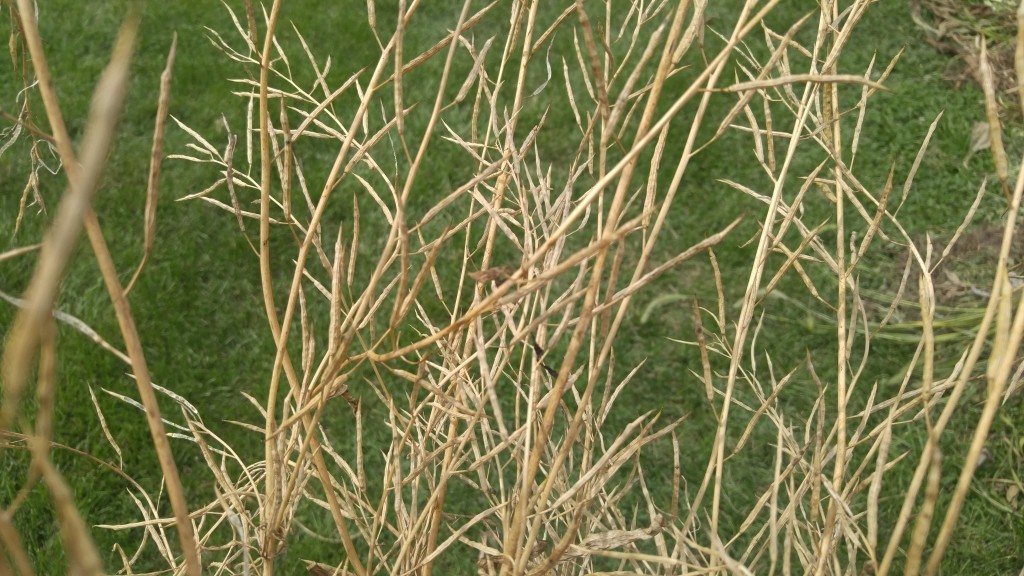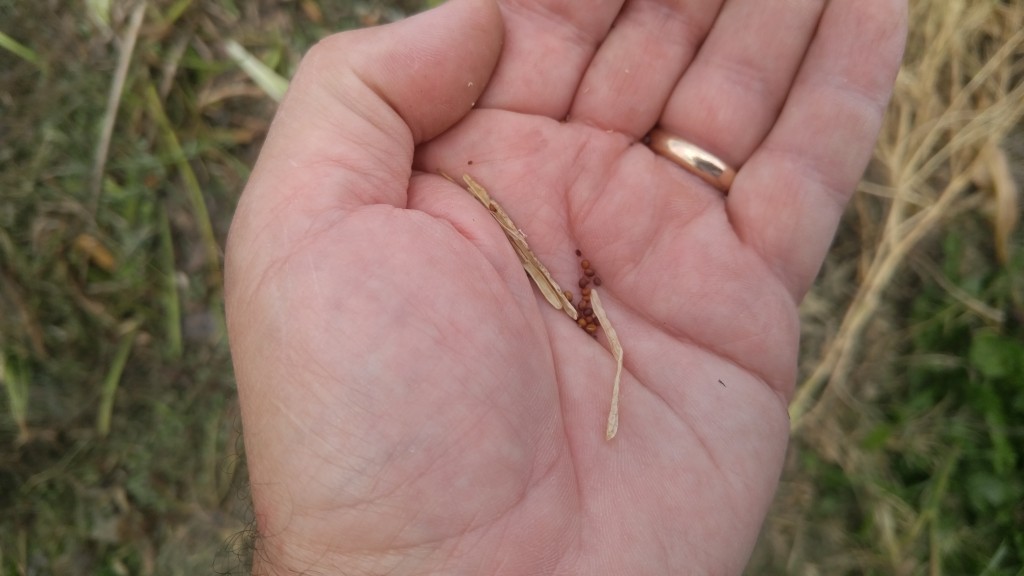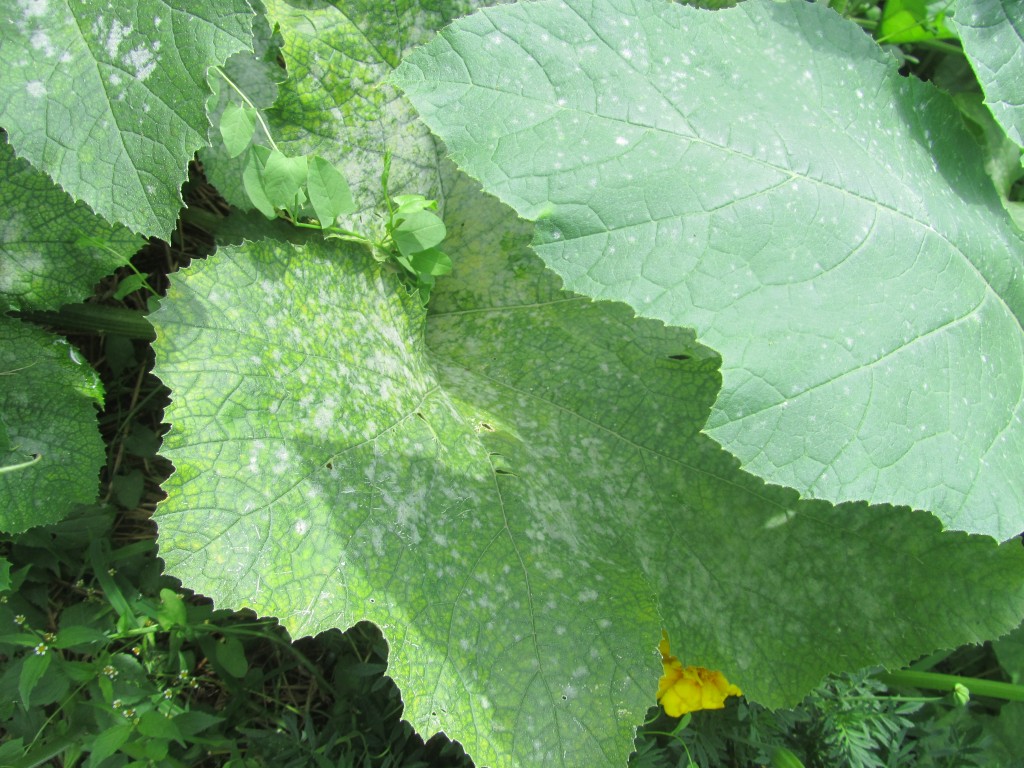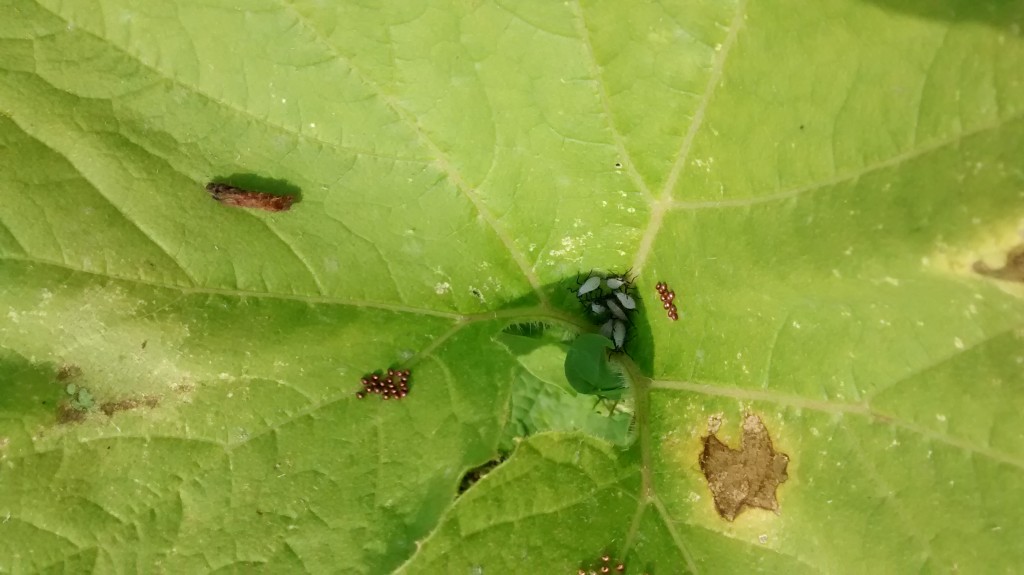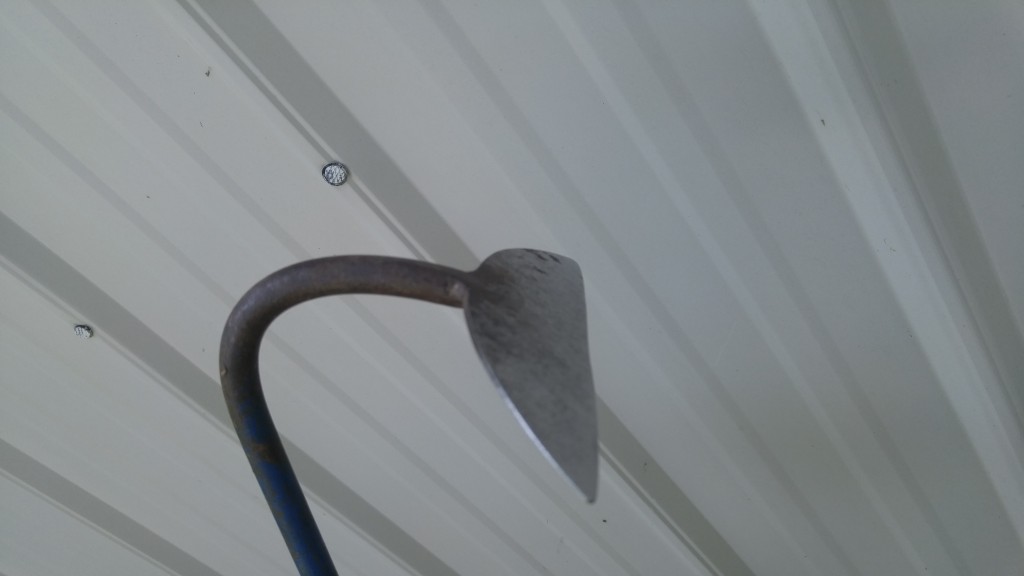Our garden is big enough for things to go unnoticed plus I’m not as tidy a gardener as I should be.
This week I found a radish that had gone to seed. Somehow, one radish managed to escape being harvested with the rest of the crop. It continued to grow, flower and produce seed pods right under my nose. Apparently, it got left behind when I was pulling radishes this spring.
If it is left to grow past the eating stage, a radish plant will eventually send up a flower stalk. The resulting flowers are then pollinated by insects. Seed pods that superficially resemble peas or beans arise from the pollinated flowers.
It takes nearly the entire growing season for radishes to produce seeds. This one’s pods were already dry and contained mature seeds.
Pollen from one variety of radish often will be carried by insects to a different plant and can easily cross-pollinate another variety of radish. Radishes don’t care if they are pollinated by one variety or another. The seeds resulting from the random cross may or may not produce a desirable eating radish when planted next year.
Since the one in my garden was the only one I found, the seeds should be OK — unless the pollinators brought in unknown pollen in from somewhere else. Professional seed growers separate their different radish varieties by a half mile or more.
Anyway, I’m keeping a few seeds to try out next season.
Bob
